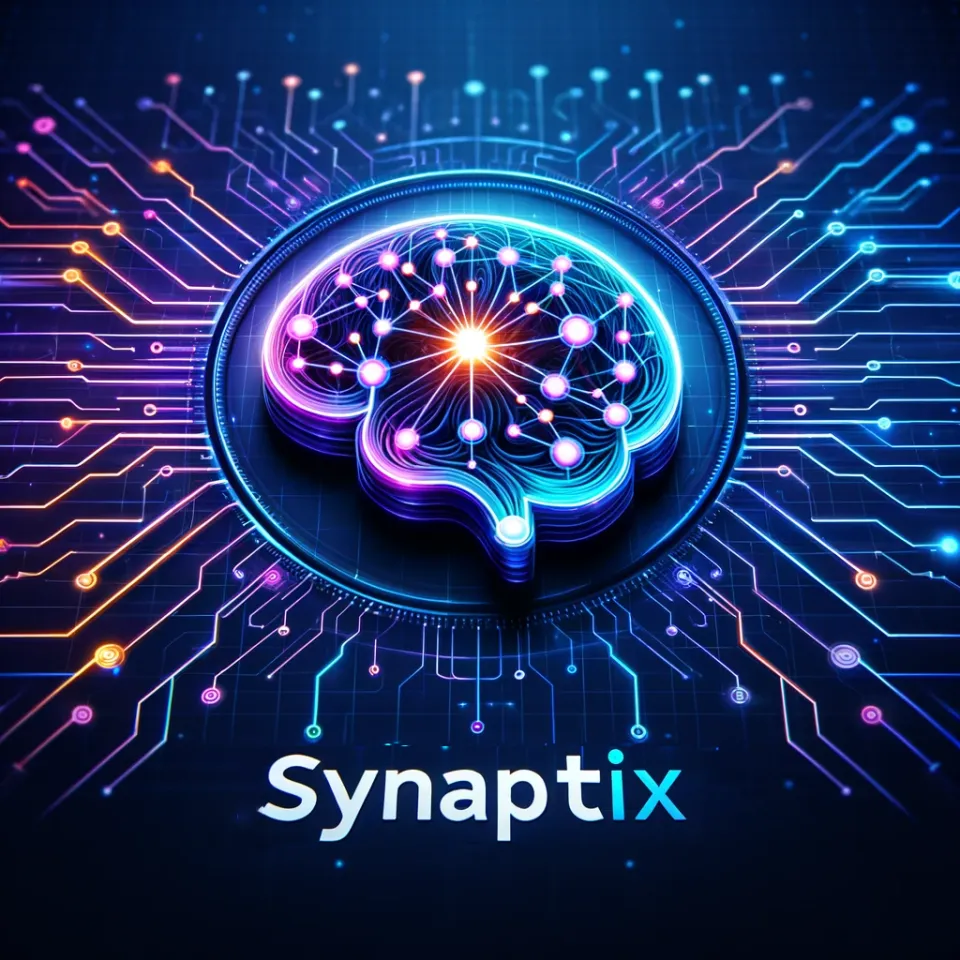Biden Administration Set to Unveil Groundbreaking Artificial Intelligence Executive Order

Introduction:
The anticipation surrounding the Biden administration’s artificial intelligence executive order is at an all-time high, as it promises to tackle the regulation of this rapidly evolving technology. Set to be unveiled on Monday, this long-awaited order represents the most significant effort by the U.S. government to address the potential risks and benefits of AI. With fears and excitement surrounding AI permeating the globe, this executive order aims to strike a delicate balance that safeguards society while fostering innovation. Its release will precede an international summit in Britain, where government leaders, tech executives, and civil society groups will convene to discuss the challenges associated with AI.
Title 1: Addressing AI Risks: The Biden Administration’s Comprehensive Strategy Unveiled
Body:
The comprehensive executive order seeks to leverage the U.S. government’s prominent position as a leading technology customer, establishing a framework that places increased scrutiny on AI models before they can be utilized by federal workers. By requiring advanced AI models to undergo assessments, the administration aims to ensure that potential risks are mitigated and ethical considerations are taken into account.
Title 2: Boosting the United States’ Technological Advantage: Immigration Policies Adapted
Body:
One of the noteworthy aspects of the forthcoming executive order is its intent to facilitate the entry of highly skilled workers into the United States. Recognizing the significance of talent in maintaining a technological edge, the Biden administration plans to ease barriers to immigration for skilled professionals. By attracting the brightest minds in the AI industry, the aim is to strengthen the nation’s prowess in cutting-edge technologies. This strategic approach aligns with the administration’s commitment to robust domestic innovation and a globally competitive AI sector.
Title 3: The Role of Federal Agencies: Incorporating AI to Bolster National Cyber Defenses
Body:
In addition to regulating the use of AI models, the executive order requires federal government agencies to assess how AI can be integrated into their respective domains. Departments such as the Defense Department, Energy Department, and intelligence agencies will be tasked with determining how AI technologies can enhance their work, with a particular emphasis on bolstering national cyber defenses. By harnessing the power of AI, these agencies aim to strengthen their abilities to detect and respond to cyber threats, thereby safeguarding national security.
Conclusion:
With the Biden administration’s artificial intelligence executive order about to be unveiled, the global conversation surrounding AI regulation and its potential implications for society is set to gain further momentum. By prioritizing assessments for AI models, easing immigration policies for skilled AI professionals, and encouraging federal agencies to incorporate AI into their practices, the administration is making a monumental effort to balance technological advancement with the safe and responsible implementation of AI. As the world grapples with the transformative power of AI, the United States is taking a proactive stance to shape the future of this technology for the betterment of society.




